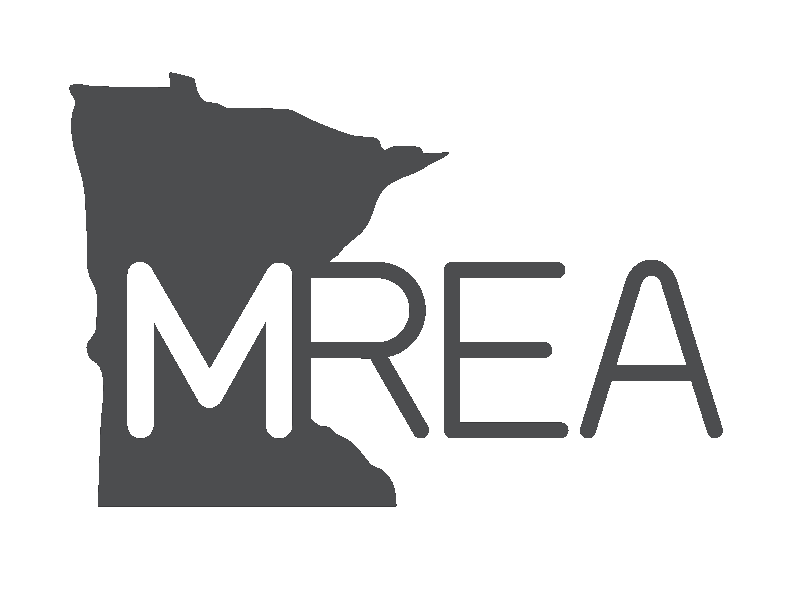Minnesota’s Electric Cooperatives Strategize the Future of Electrification
Electric vehicles continue to gain momentum as consumer interest rises, manufacturers ramp production, and state and federal legislators discuss funding distribution. Minnesota is slated to receive $68 million for electric vehicle charging in federal funding over the next five years. Lack of charging infrastructure in rural areas contributes to range anxiety, the biggest obstacle to electric vehicle adoption and reduced carbon emissions.
To address infrastructure challenges, Minnesota’s rural electric cooperatives are proactively strategizing and advocating with legislators on successfully implementing a statewide electric vehicle charging network with widespread fast charging available across the state. Electric vehicles were at the center of the Minnesota Rural Electric Association (MREA) annual meeting and legislative day March 15-16. More than 230 democratically elected directors and leaders from Minnesota’s 50 electric cooperatives gathered at both the RiverCentre and Minnesota Capitol to discuss issues the energy industry faces, including electrification.
“With more advanced battery technology, we are starting to see electric vehicles with much longer range at a more affordable price point,” says Jukka Kukkonen, founder of Shift2Electric and keynote speaker at the MREA annual meeting. “It’s no question that we can expect to see electric vehicle sales quickly grow. Now is time to take advantage of increasing popularity and prepare the infrastructure needed to support electric vehicles.”
Annual meeting attendees explored newer electric vehicle models in the concourse of the RiverCentre from Tesla and Volkswagen. However, Minnesota’s electric cooperatives noted that electric vehicles, while exciting, are just one opportunity for electrification.
Minnesota’s electric cooperatives supported the Energy Conservation and Optimization (ECO) Act, state legislation passed last year that modernized Minnesota’s Conservation Improvement Program (CIP) by allowing energy providers to encourage beneficial electrification. The ECO Act allows for programs that lower total energy use to count toward part of electric utilities’ energy savings goals even if electricity use is not reduced, in turn, providing opportunity for electrification and carbon emission reduction.
Nearly a year later, electric cooperatives are back at the Capitol addressing legislators with solutions on how to do so. Electric cooperatives are proposing funding distribution to rural Minnesota for infrastructure costs necessary for electric vehicle adoption, as well as simplifying demand response maintenance to support the inevitable increase in electrification.
Electric cooperatives say the infrastructure costs design, engineering, permitting, and construction of electric vehicle charging must be considered for funding in addition to the electric vehicle chargers themselves. Effectively easing range anxiety requires a vast majority of the federal funding be directed to rural Minnesota to help deploy a network of fast chargers throughout the state. Funding allocation will require coordination with the utility that serves that territory, and in rural and suburban Minnesota, that’s likely to be an electric cooperative.
“Rural infrastructure is vital to meeting electric vehicle goals made by government and auto manufacturers,” says MREA CEO Darrick Moe. “The vast majority of funding for the public charging network in Minnesota must be directed to rural Minnesota to successfully support the future electric vehicles.”
Partnership with Beneficial Electrification League
In addition to advocating with legislators on behalf of their members, electric cooperatives are tackling electrification through a partnership with the Beneficial Electrification League (BEL) to electrify school buses in rural electric cooperative service territories.
“Partnering with co-ops, not only on the electric school bus program but other electrification efforts, helps ensure rural communities can get the full benefit of these programs,” says Keith Dennis, president of the Beneficial Electrification League. “We are able to demonstrate the unique value of this sector as we explore new ways to benefit consumers, the grid and the environment through electrification.”
The electricity sector leads the energy transition and is the only sector of the economy exceeding its decarbonization goals. This transition supports beneficial electrification, a decarbonization strategy of shifting from using fossil fuels to using electricity at a net carbon reduction.
MREA and BEL are cohosting “Electrify Minnesota!” on April 27 at The Humphrey School of Public Affairs, an educational event for interested consumers and utility industry professional focused on tangible electrification opportunities as more state and federal funding becomes available.
###
ABOUT THE MINNESOTA RURAL ELECTRIC ASSOCIATION
The Minnesota Rural Electric Association (MREA) is a nonprofit trade association serving Minnesota’s electric cooperatives. MREA provides legislative and regulatory representation, director and employee education programs, technical training for electric cooperative line workers and serves as the focal point for cooperation among cooperatives. Minnesota’s 44 distribution cooperatives serve about 1.7 million Minnesotans in all 87 counties and operate the largest distribution network in the state with more than 135,000 miles of electric lines.
FOR MORE INFORMATION CONTACT:
Krista Benjamin, krista@mrea.org, 763-424-7235
